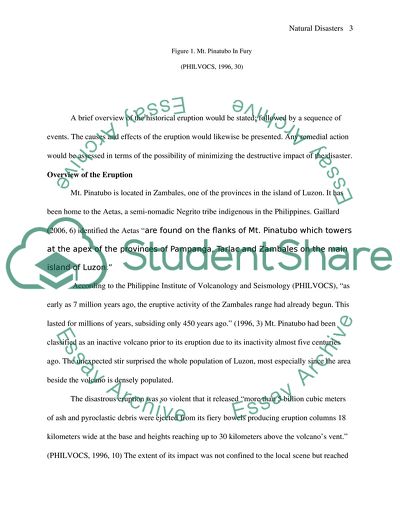Cite this document
(The 1991 Mt. Pinatubo Eruption and the Aetas of the Philippines Case Study, n.d.)
The 1991 Mt. Pinatubo Eruption and the Aetas of the Philippines Case Study. Retrieved from https://studentshare.org/environmental-studies/1730067-natural-diasters-case-study
The 1991 Mt. Pinatubo Eruption and the Aetas of the Philippines Case Study. Retrieved from https://studentshare.org/environmental-studies/1730067-natural-diasters-case-study
(The 1991 Mt. Pinatubo Eruption and the Aetas of the Philippines Case Study)
The 1991 Mt. Pinatubo Eruption and the Aetas of the Philippines Case Study. https://studentshare.org/environmental-studies/1730067-natural-diasters-case-study.
The 1991 Mt. Pinatubo Eruption and the Aetas of the Philippines Case Study. https://studentshare.org/environmental-studies/1730067-natural-diasters-case-study.
“The 1991 Mt. Pinatubo Eruption and the Aetas of the Philippines Case Study”, n.d. https://studentshare.org/environmental-studies/1730067-natural-diasters-case-study.


